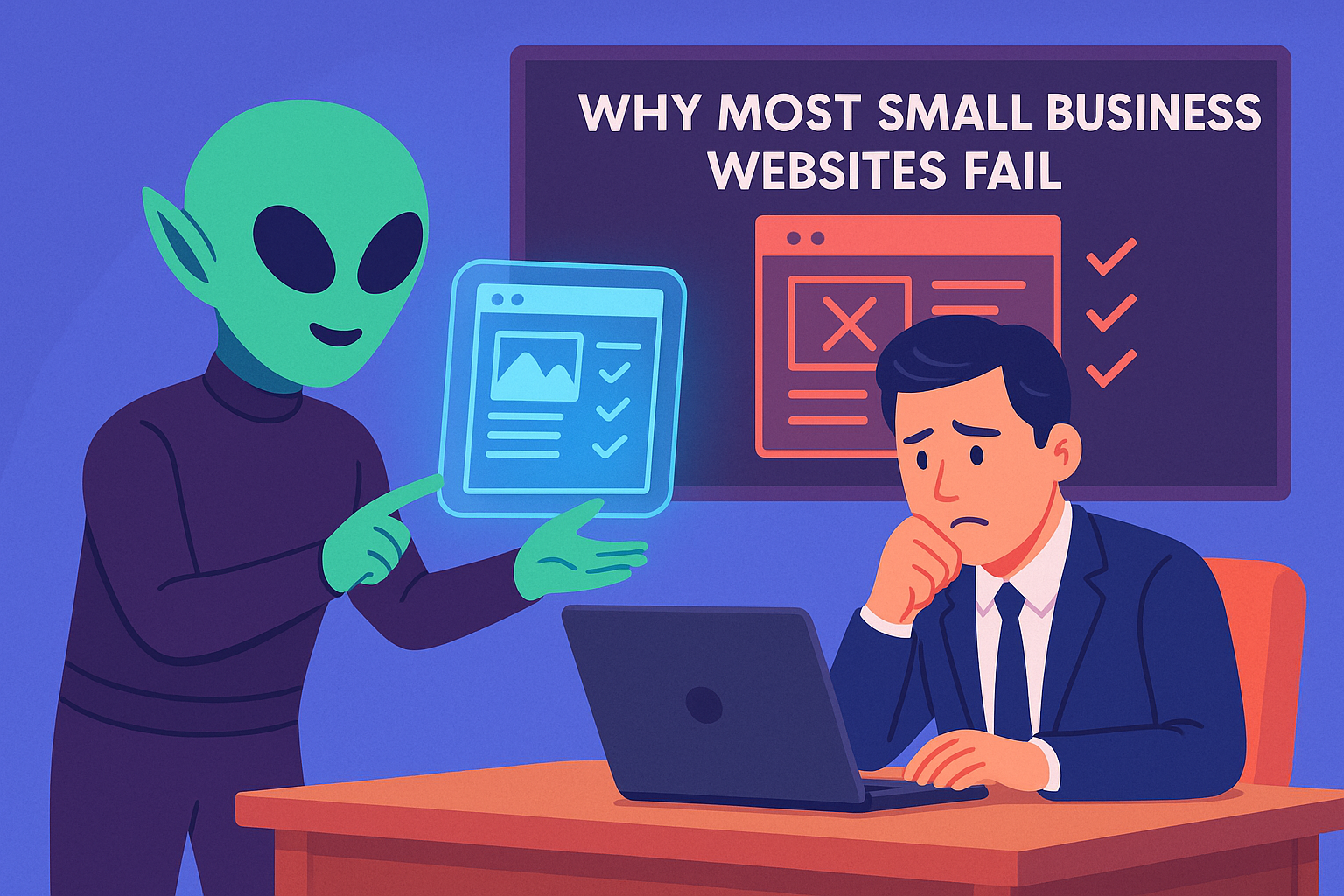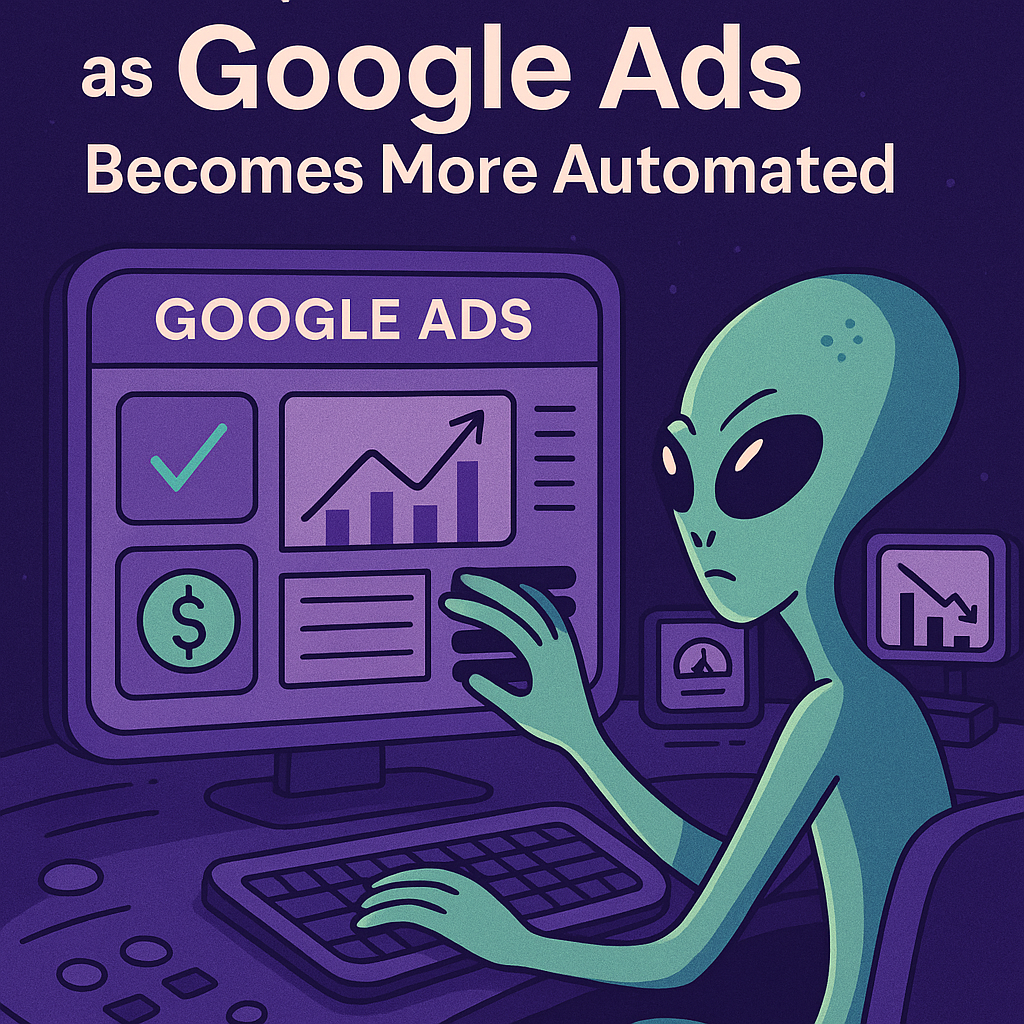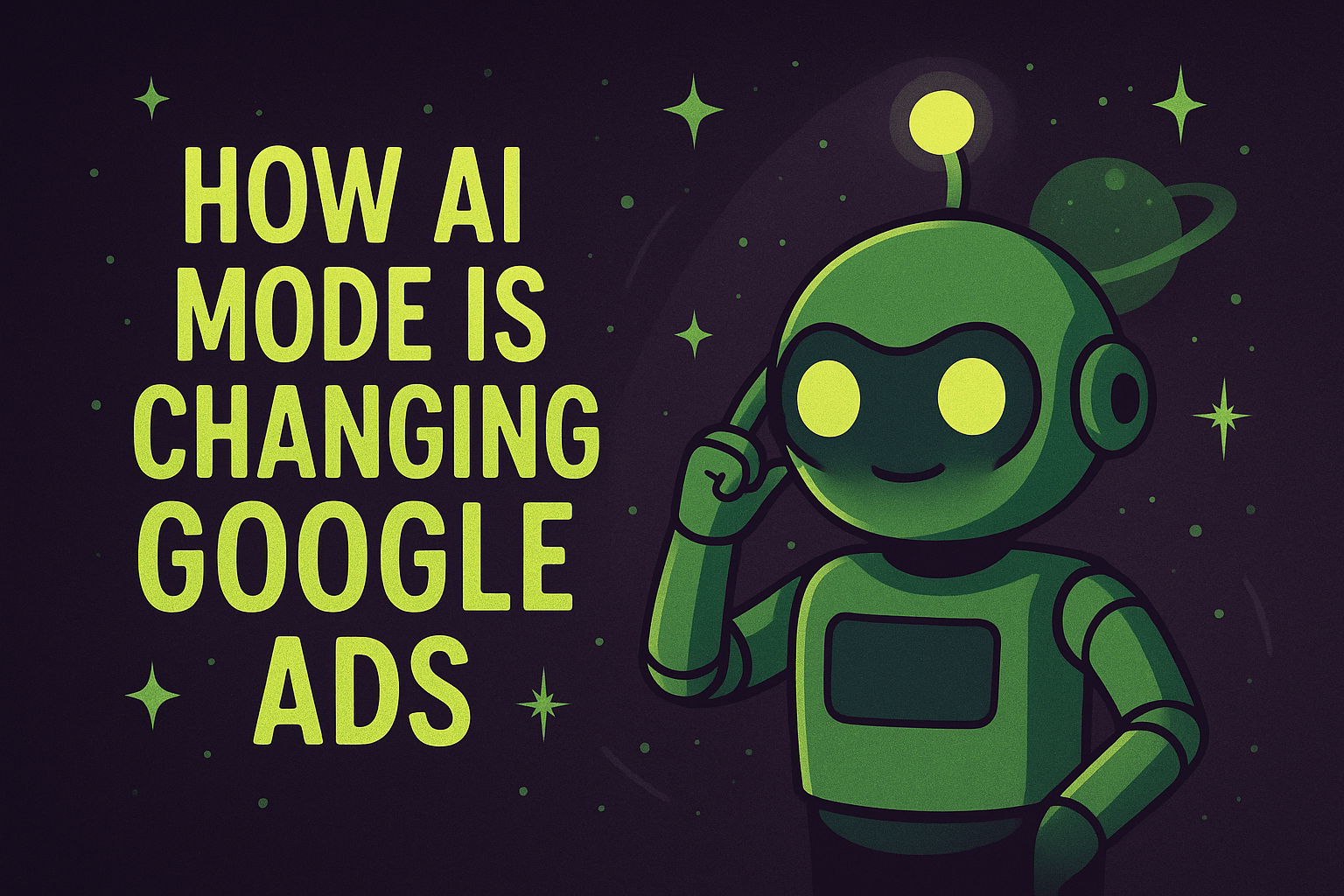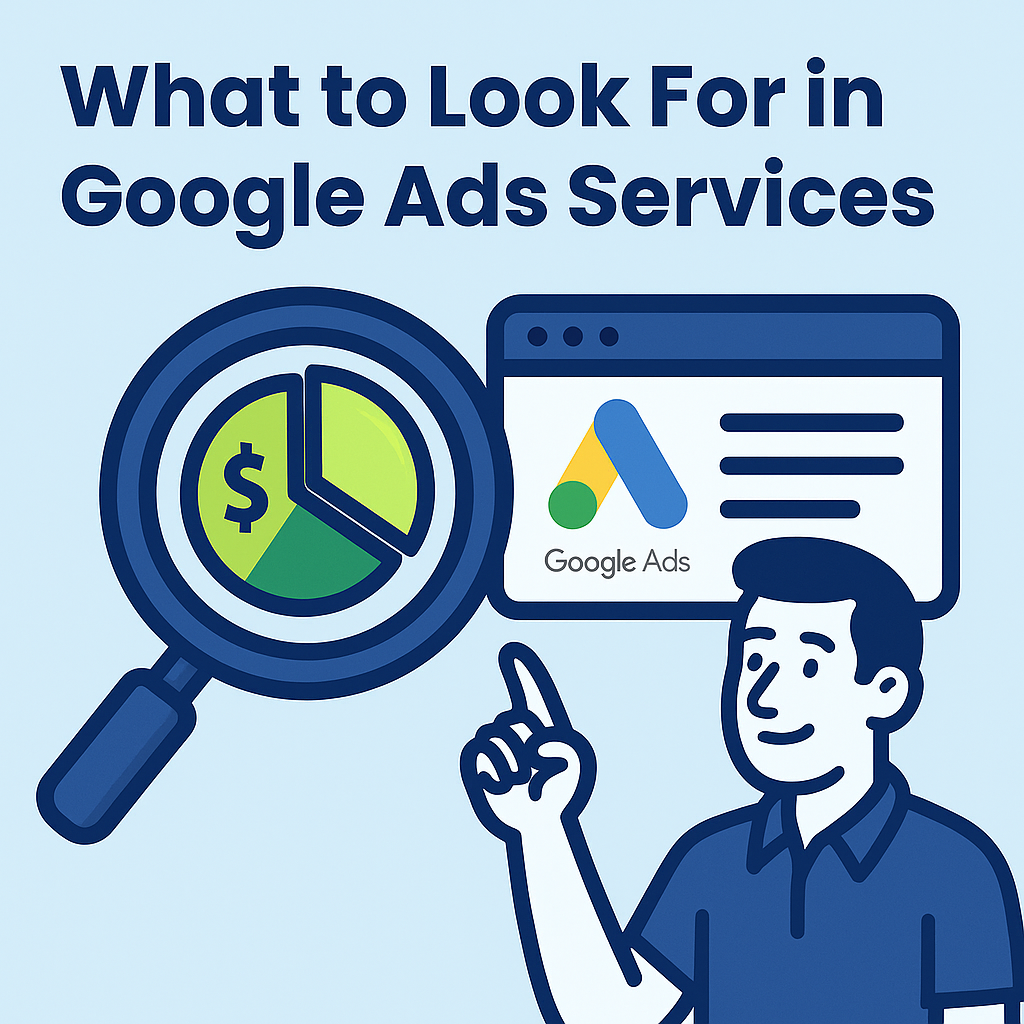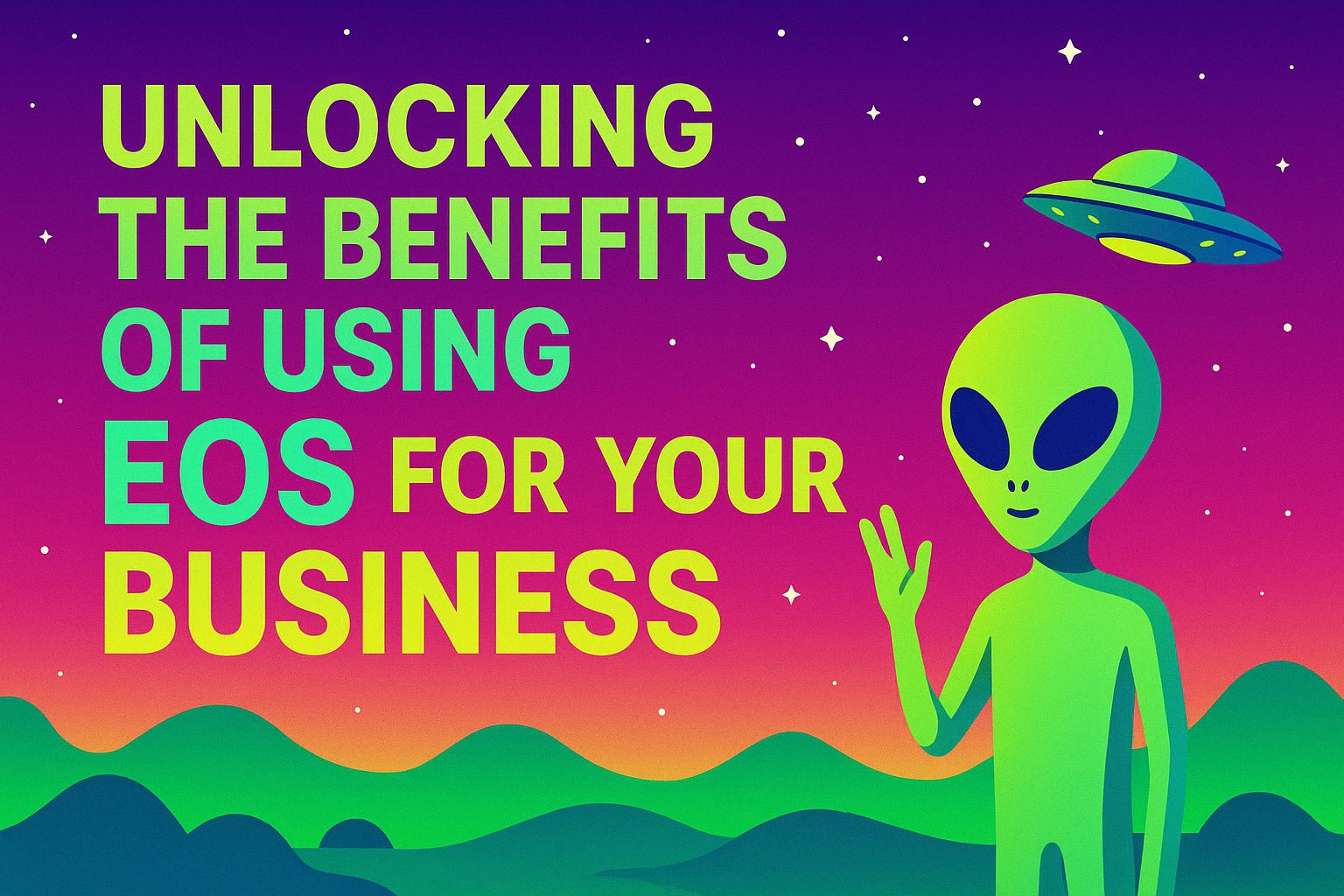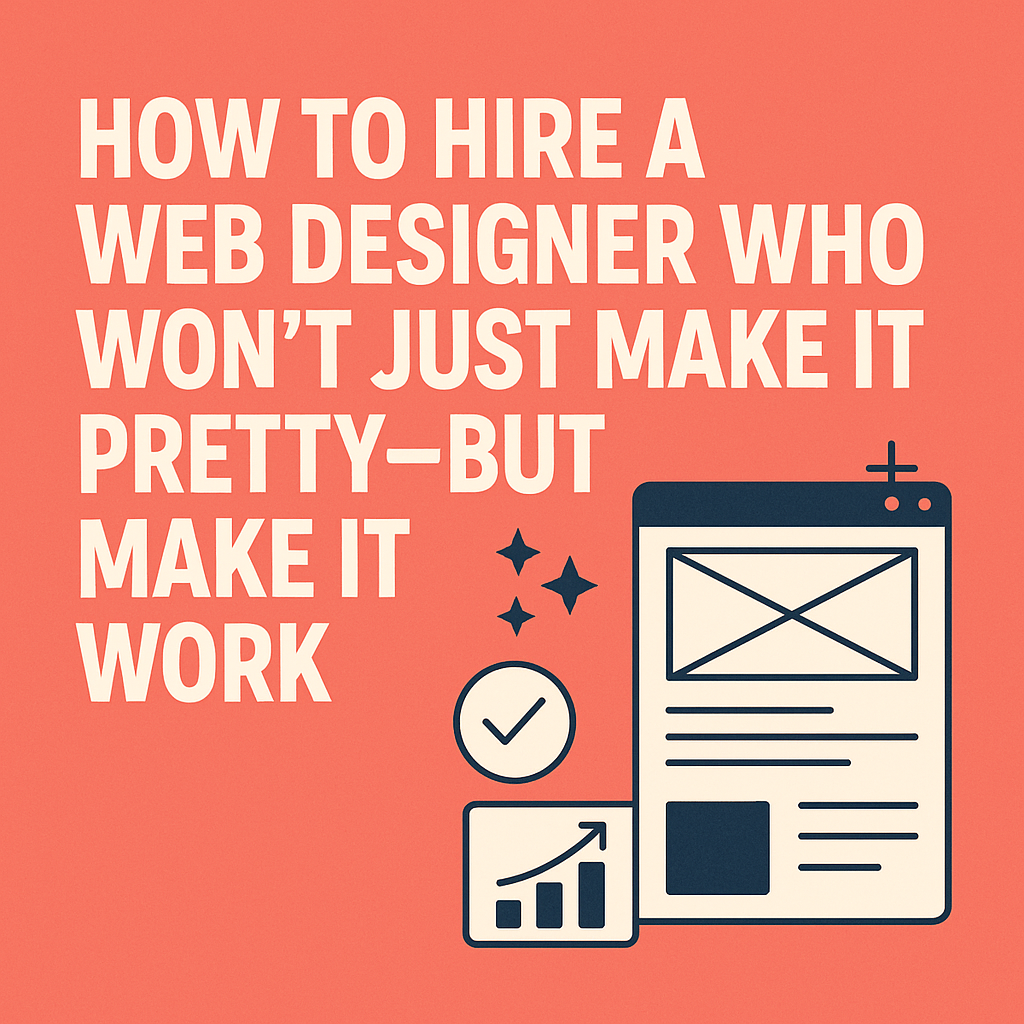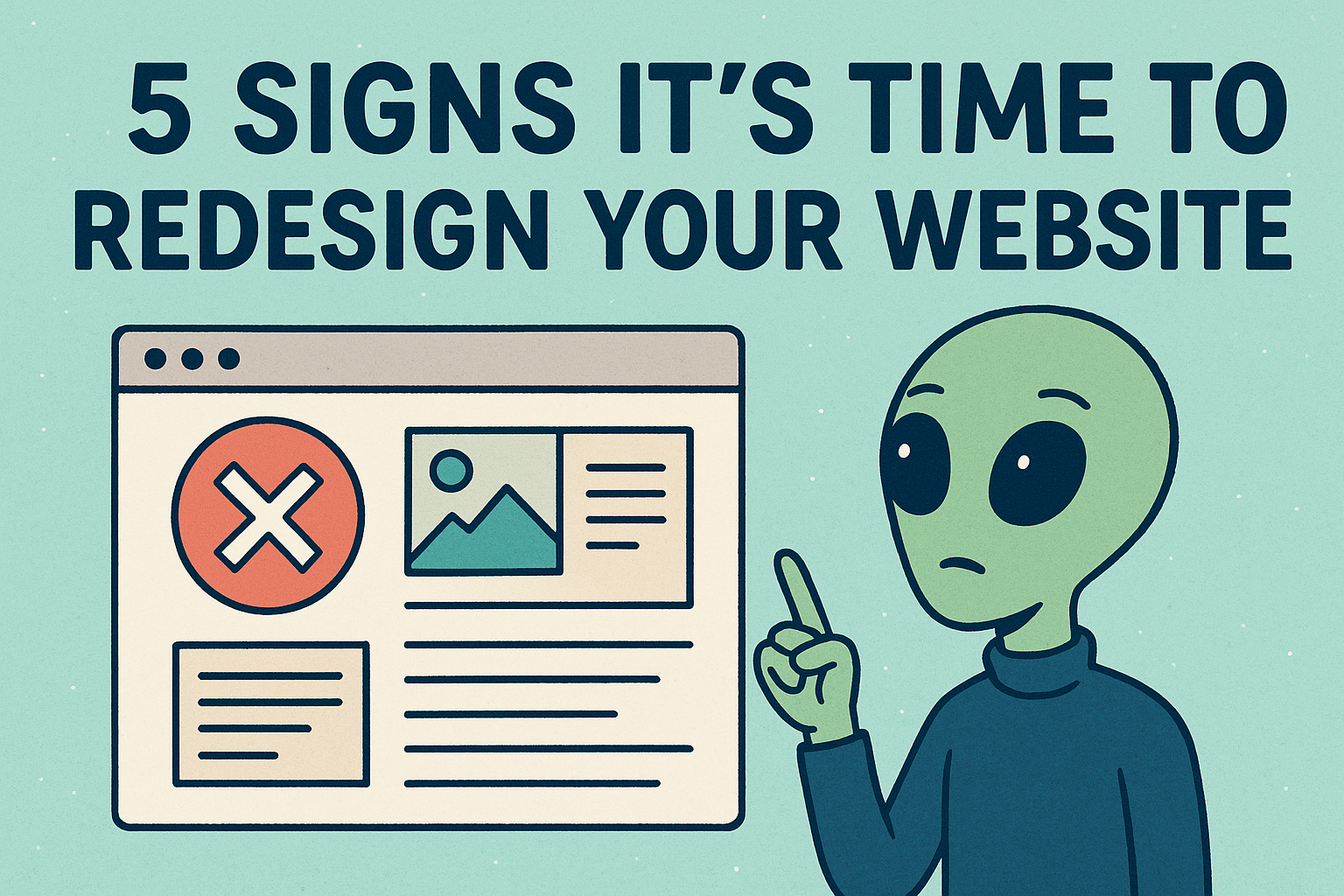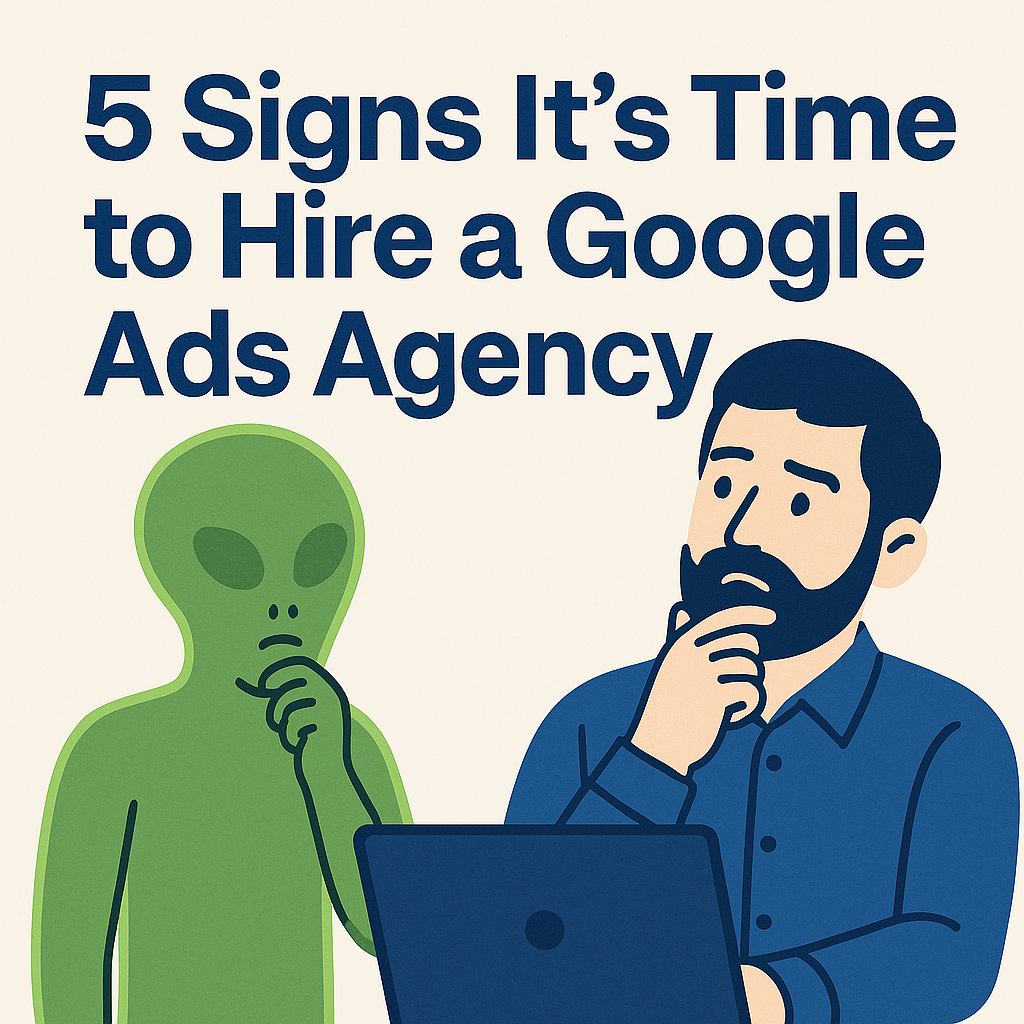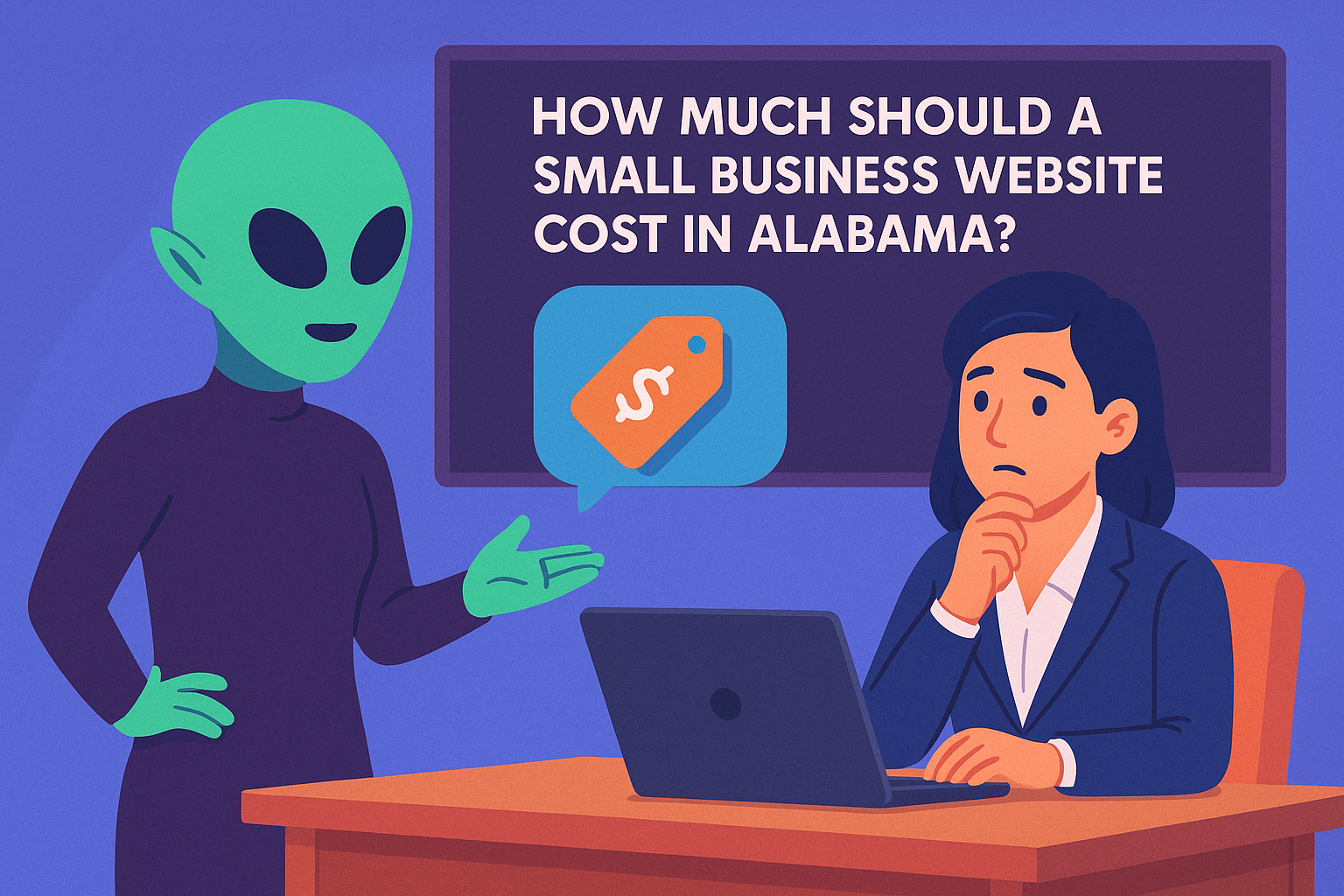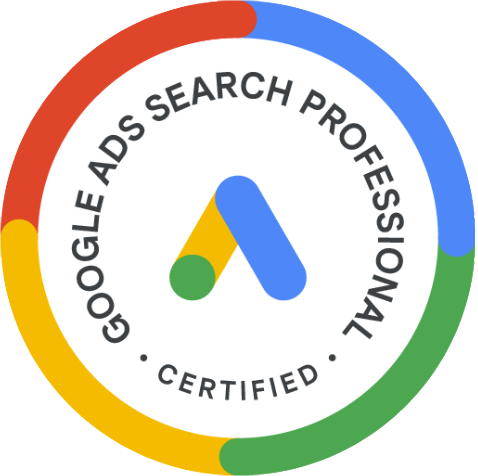SEO Isn’t Dead — It’s Evolving. Welcome to Generative Engine Optimization (GEO)
But thanks to Google’s rollout of AI Overviews and AI Mode, the game has changed — and it’s not about ranking anymore.
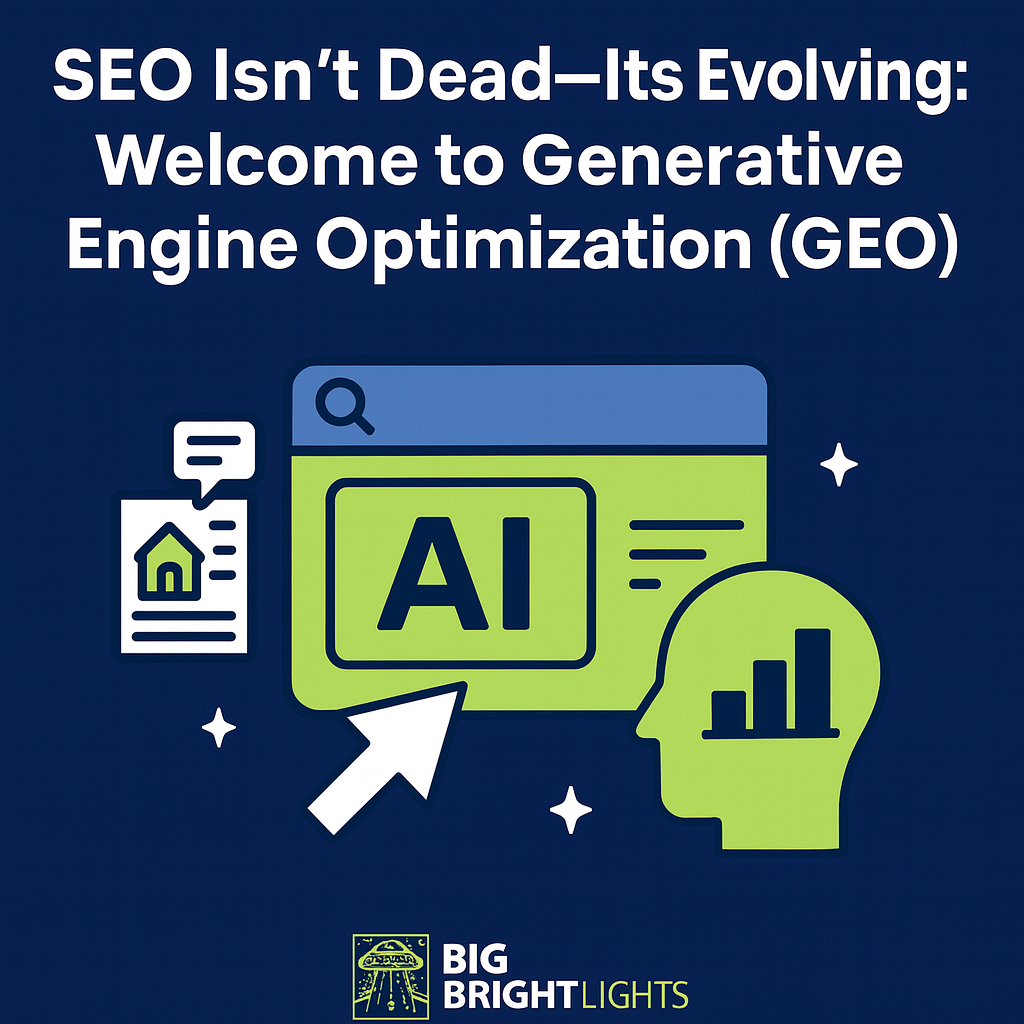
For years, the SEO game has been pretty straightforward. Find the keywords. Rank for them. Get clicks. Repeat.
But thanks to Google’s rollout of
AI Overviews and
AI Mode, the game has changed — and it’s not about
ranking anymore.
It’s about getting
cited by Google’s AI.
Let that sink in: the traditional race to page one is being replaced by a new kind of SEO strategy — one where brand visibility comes from being mentioned by AI-generated summaries, not just appearing in the list of links.
If you're still playing by the old rules, you're about to get left behind.
Google Is Becoming a Curated Answer Engine
This isn’t just a tweak to search. It’s a full-blown transformation.
Google is evolving from a list of ranked links into a curated answer engine, and AI is driving the shift. Users are asking longer, more specific questions — and Google is responding with rich, AI-generated answers that often skip the traditional results entirely.
Here’s what you need to know:
- Question-based searches have skyrocketed from 38% to 87% in just eight months.
- Google searches are up from 8.5 billion to 13.7 billion per day — because AI-generated results are actually more useful.
- AI Overviews now appear in nearly half of all informational searches, and they’re creeping into commercial intent searches too.
If your brand isn’t showing up in those AI-generated overviews, you’re invisible.
From SEO to GEO: The Rise of Generative Engine Optimization
Enter the new era:
Generative Engine Optimization (GEO).
This isn’t about keyword stuffing or chasing rankings. It’s about training Google’s AI to
cite your brand as a reliable, go-to source.
Why does this matter? Because citations in AI Overviews and AI Mode are the new top-of-funnel traffic magnets. These spots sit right at the moment a customer is asking questions, researching options, or making decisions.
Even better, users who find you through AI citations trust you more, because the AI is effectively vouching for your brand.
Traditional Rankings Are Becoming Obsolete
AI Mode works differently. It doesn’t just pull answers from one source — it uses a query fanout technique, launching 10 to 30 hidden sub-searches to simulate how a human would research a topic.
But here’s the kicker: marketers can’t see those sub-queries. That means traditional rank tracking is quickly becoming irrelevant.
To win, you need to focus less on what keywords you rank for, and more on why Google's AI would choose to cite you in the first place.
How to Win in the AI-Powered Search Era
Here’s how to make your brand AI-citable — and future-proof your SEO strategy.
1. Shift Your Focus from Ranking to Citation
It’s not about being first on the page. It’s about being the source Google summarizes. Think semantic authority, not keyword volume.
Ask: Is your content helpful, comprehensive, and trustworthy enough that AI would quote you in an answer box?
2. Build Multi-Format, High-Value Content
Google’s AI doesn’t just skim text. It prioritizes content that:
- Explains clearly
- Uses visuals (videos, diagrams, infographics)
- Is layered and structured to serve different learning styles
Want to be cited? Start embedding videos, adding visuals, and summarizing key takeaways with clarity.
3. Find Keyword Gaps and Reverse Engineer What’s Working
Use tools like Ubersuggest to:
- Analyze competitor domains
- Find SEO pages Google already trusts
- Identify keyword gaps where your competitors get traffic but you don’t
Then create content around those gaps, but level it up with richer formatting, better explanations, and more relevance.
4. Position Yourself as a Thought Leader
Think of AI like a research assistant — it’s not just looking for facts. It’s looking for trusted sources that consistently show up with useful insights. That means:
- Guest appearances
- Authoritative blog content
- Backlinks from credible sites
- Clear expertise throughout your brand’s content
GEO Isn’t Optional — It’s the New Normal
A lot of marketers are panicking right now. AI Overviews are “stealing clicks.” Traditional SEO results are buried. Rankings are less predictable.
But here’s the truth: this isn’t a threat — it’s an opportunity.
Google is
redistributing visibility to the brands it trusts most.
You just have to
train the algorithm to recognize your brand as one of those trusted sources.
That’s what we do at Big Bright Lights Digital — we help businesses build the kind of web presence that gets picked up by Google’s AI, not just indexed by its crawler.
Want to Future-Proof Your SEO?
Let’s talk.
We’ll help you go beyond keywords and build a content strategy that gets your brand
cited, not just ranked.
